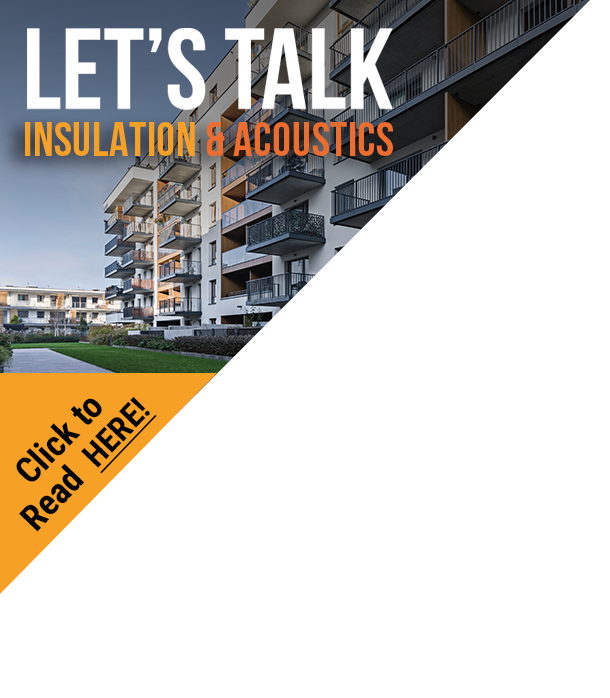
Designed to offer a clear and consistent methodology while overcoming confusion and ambiguity around the definition of ‘net zero carbon’ in buildings, the UK Net Zero Carbon Buildings Standard (UKNZCBS) is set to significantly impact the built environment. Ellen Huelin, Sustainability Director at Whitecode Consulting, looks at what the UKNZCBS is, why it is being piloted, and how it could play a crucial role in the UK’s decarbonisation journey.
While architects, specifiers, and property developers are increasingly focusing on sustainability as a result of the UK government’s 2050 net zero target, a lack of a unified approach has led to inconsistency and confusion around the definition of ‘net zero carbon’ in buildings.
As a result, some of the built environment’s leading organisations developed the UKNZCBS. Although it’s set to be a hugely important set of rules and targets, many inside and outside the construction industry aren’t really aware of what it is or how it could impact the built environment.
So, what is the UK Net Zero Carbon Buildings Standard?
The UKNZCBS was developed with the aim of helping industry professionals prove compliance and demonstrate how assets align with the UK’s energy and carbon targets by providing transparent but strict guidelines.
For many years, there have been significant inconsistencies in how people have approached looking at net zero and an ambiguity around what exactly net zero means. For example, does it include all energy use, or should people only focus on heating?
The new UKNZCBS will sharpen the focus on carbon emissions – both operationally and in embodied carbon – and encourage a much more cohesive approach when it comes to the decarbonisation of the built environment. This is imperative given the built environment accounted for 25% of the UK’s total greenhouse gas emissions in 2024.

Clear benchmarks
Providing consistent definitions for net zero carbon across new and existing buildings, the UKNZCBS will set clear performance targets for operational energy, embodied carbon, and whole-life carbon.
Consequently, this will help architects, designers, and developers align on expectations.
A shift in focus
With the UKNZCBS shining a spotlight on embodied carbon and operational carbon, innovative solutions, such as low-carbon materials and circular economy practices, will soon become commonplace.
As a result, there will be a stronger drive towards early sustainable design decisions, with architects and designers considering a building’s full lifecycle to encourage reuse and adaptability.
Refurbishment versus redevelopment
With around 29 million homes currently in need of retrofitting, encouraging retrofits to improve energy performance and reduce operational carbon is becoming increasingly imperative. The UKNZCBS’ clear targets and methodologies will help landlords and asset managers to align their properties with net zero targets – influencing their decision-making when it comes to refurbishment versus redevelopment.
Encouraging a more holistic and cohesive sustainability approach is going to be vital in the years to come. While only in its pilot stage currently, the UKNZCBS looks set to align the industry in the right way and potentially ensure a brighter and greener future for the built environment.









